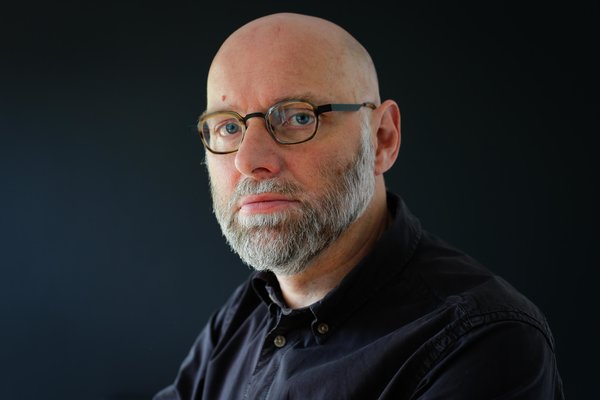Logic and Learning

Prof. dr. Luc de Raedt (KU Leuven), full professor in Machine Learning will give a lecture on Logic and Learning as part of the course on Logic-based Artificial Intelligence on 22 March at 8.45 – 10.30 a.m. in lecture hall Ampere of EWI. Yes! That early!
Titel: Logic and Learning
Abstract: I will provide a gentle introduction to the use of logic within machine learning.
The motivation for using logic in machine learning is twofold.
First, it fits within the explainable AI trend, that is, unlike deep networks, logical models are understandable and interpretable.
Second, by using relational or first order logic to represent learned models, one obtains very expressive models that can cope with complex structured data and that allow one to use background knowledge while learning.
These properties explain why there are many applications of logic and learning, ranging from the analysis of social networks, to bio- and chemo-informatics, business data, the semantic web, action- and activity learning, computer vision and robotics.
The use of logic in learning has a long tradition (going back to the 60s) and today it is being reinterpreted in many different contexts such as probabilistic programming, deep learning and formal verification. During the talk I shall make connections to these trends.
About Prof. dr. Luc de Raedt
Prof. dr. Luc de Raedt is full professor at Katholieke Universiteit Leuven in Machine Learning. He is Fellow of EurAI, winner of an ERC Advanced grant, principle investigator of many EU projects, and a leader in the field.
Luc De Raedt's research interests are in Artificial Intelligence, Machine Learning and Data Mining, as well as their applications. He is currently working on probabilistic logic learning (sometimes called statistical relational learning), which combines probabilistic reasoning methods with logical representations and machine learning, the automation of data science (in his ERC project), the integration of constraint programming with data mining and machine learning principles, the development of programming languages for machine learning, and analyzing graph and network data. He is also interested in applications of these methods to chemo- and bio-informatics, to natural language processing, vision, robotics and action- and activity learning.